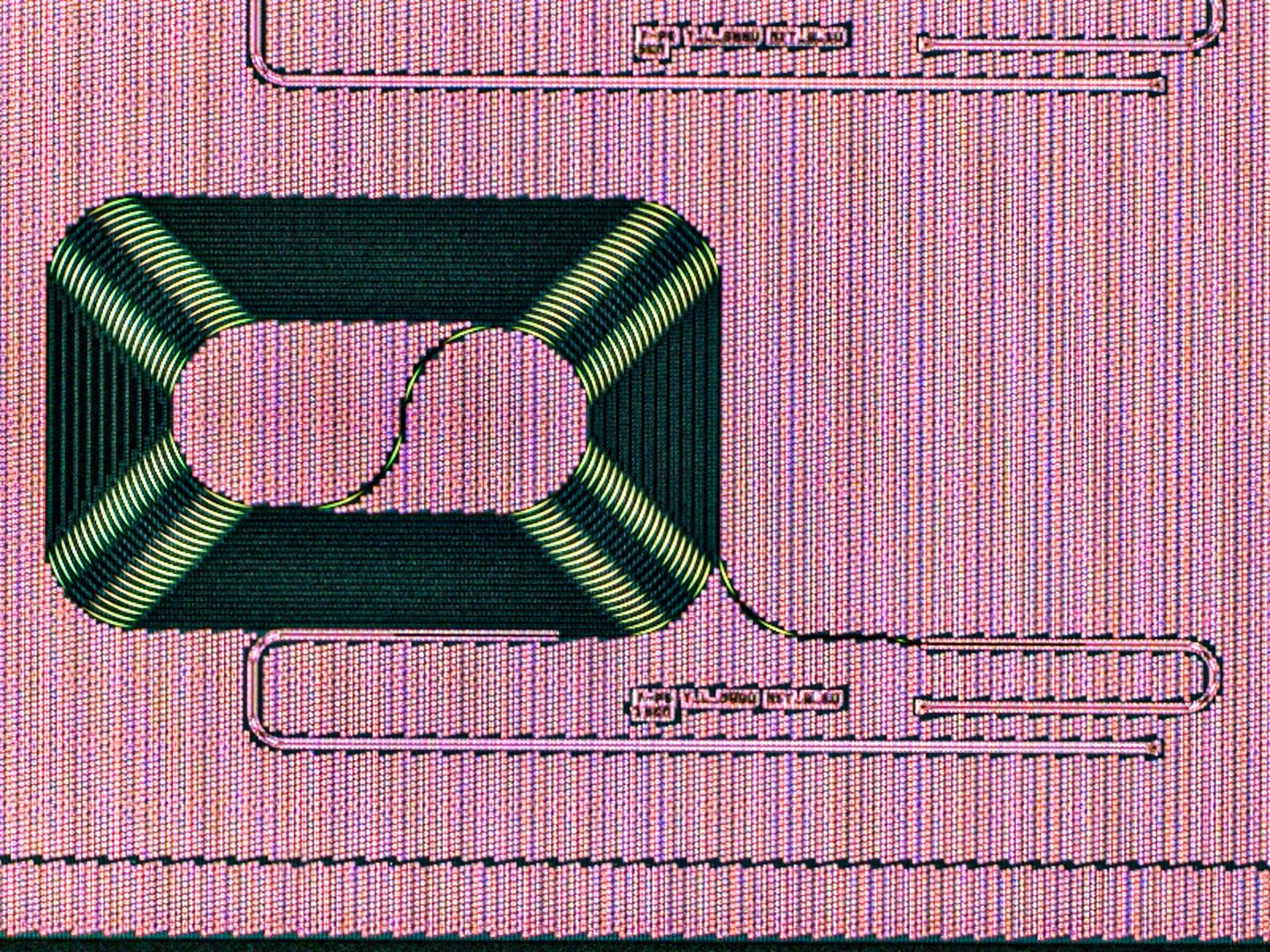PICS4SENS, launched on 1 July 2024, has set itself an ambitious goal: to increase the technological maturity of photonic integrated circuits (PICs) and pave the way for commercialisation in sensor technology. Over a period of four years, the research consortium will receive a total of 3.4 million euros from the StaF-Verbund to support the strengthening of technological and application-oriented research in research alliances of scientific institutions in the state of Brandenburg. This is financed by the European Regional Development Fund (ERDF).
The joint project PICS4SENS unites the AIP - Leibniz Institute for Astrophysics and the IHP – Leibniz Institute for High Performance Microelectronics with the innoFSPEC transfer laboratory at the University of Potsdam. The goal is to develop a spectrograph "on-a-chip". This involves the miniaturisation of voluminous and expensive high-performance optics in a classic design onto a tiny photonic chip.
Photonics is a modern technology that utilises the conduction of photons (light) in waveguides, analogous to the conduction of electrons (electric current) in electronics. While photonic integrated circuits (PICs) are already established in data centres and data communication, their application in spectroscopy and sensor technology is still in its infancy.
The scientists in the AIP's Astrophotonics section have achieved a leading international position in this field and have already developed and deployed various generations of PICs for applications in spectroscopy and interferometry. This is what they contribute to the PICS4SENS research project.
IHP is supplementing the project with its expertise in combining photonic and electronic functionalities on one chip. "IHP is a pioneer in CMOS-integrated waveguide development in Germany and Europe. As early as 2010, nanowaveguides were regularly produced in our pilot line as part of the 'Silicon Photonics' joint lab with TU Berlin," says IHP project manager Prof Lars Zimmermann. Numerous current IHP research projects in the field of photonics reflect the fact that the institute is a sought-after development partner that also strives for commercial utilisation. "For this reason, we are very pleased to be developing a new type of technology platform for the wide range of applications in optical sensor technology as part of the STaF project PICS4SENS," adds Prof Lars Zimmermann.
In addition to its use in astrophysical instruments, the technology has excellent potential for innovations in areas such as agricultural technology, mobility, healthcare, food technology and chemistry. These are future topics that are prioritised by the innoBB2025 plus innovation strategy and the master plan of the optics and photonics cluster for Berlin and Brandenburg.
"With the Leibniz Institute for High Performance Microelectronics (IHP) in Frankfurt (Oder) and the Leibniz Institute for Astrophysics Potsdam (AIP), the state of Brandenburg has two top performers in international research," emphasises AIP project manager Martin Roth and underlines: In cooperation with the innoFSPEC transfer laboratory at the University of Potsdam, the PICS4SENS project has excellent prerequisites for further expanding and utilising our technological lead."



